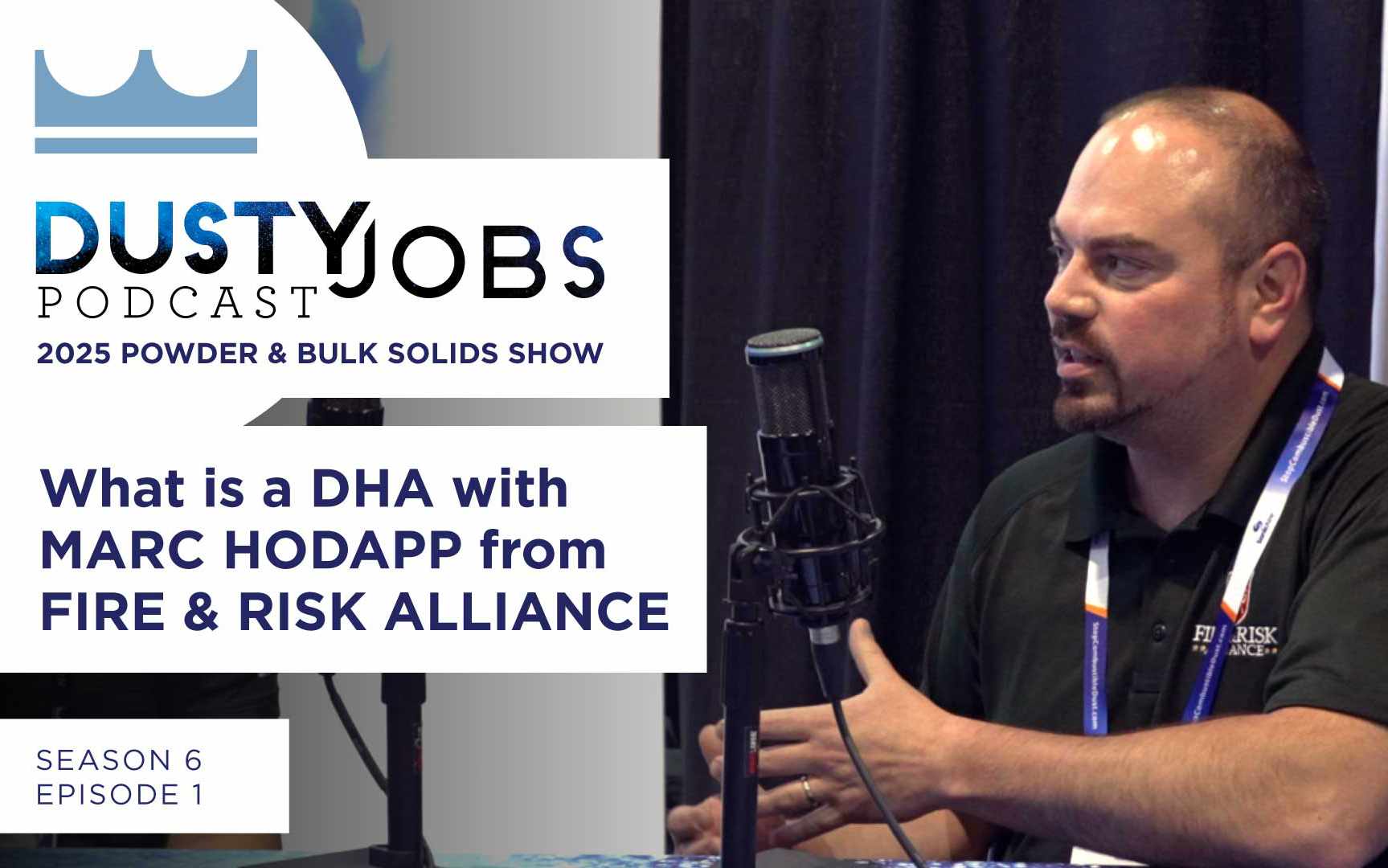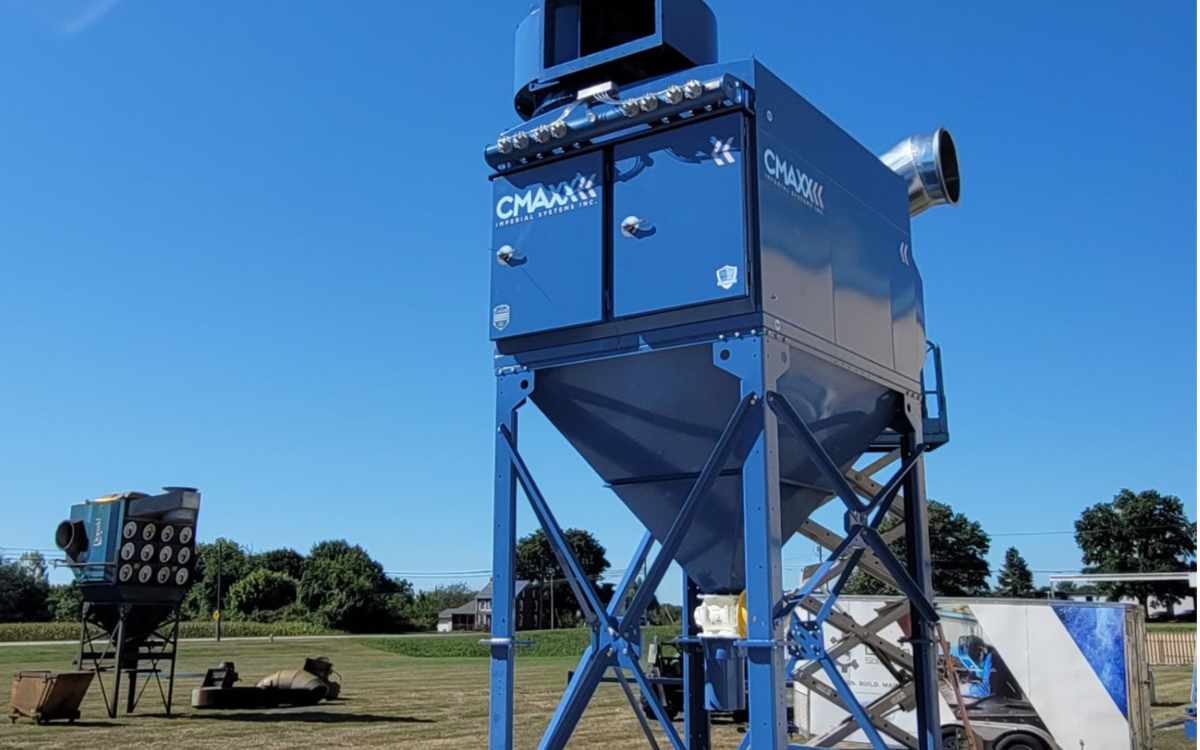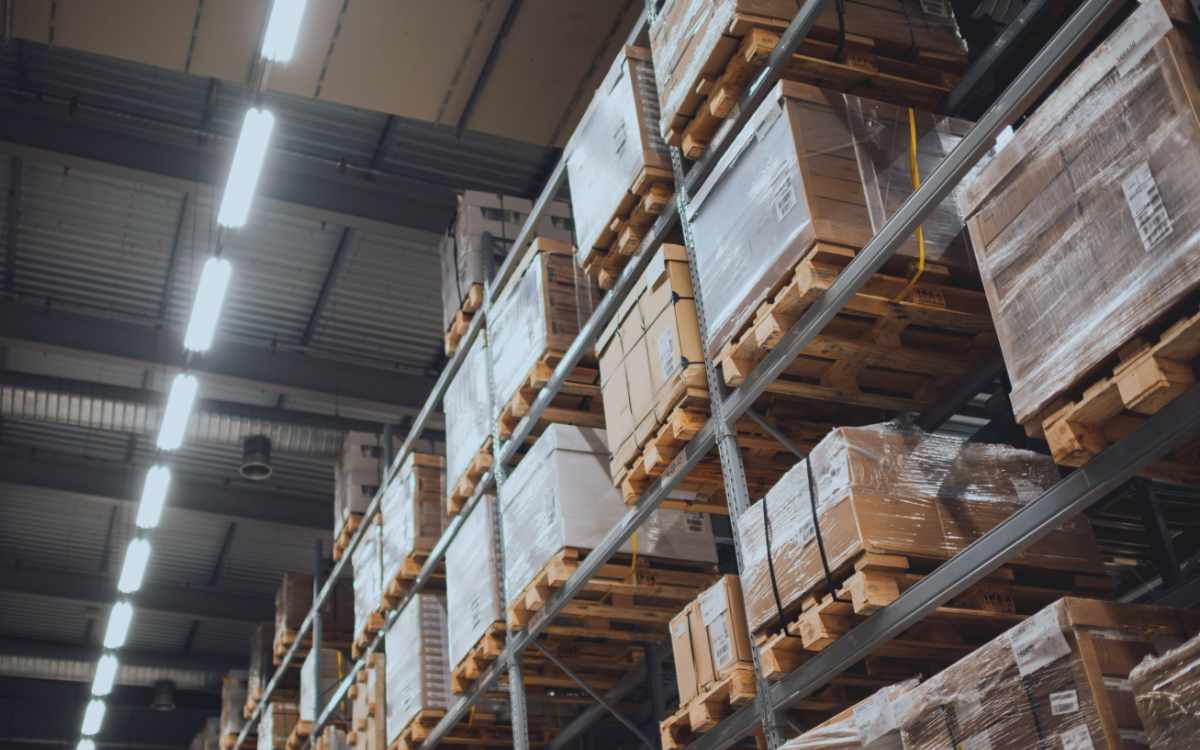Why water… or a regular fire extinguisher… will just make metal fires worse
The NFPA (National Fire Protection Association) is the authority on all things that relate to fire. In their Standard 484 on combustible metals they devote 108 pages to handling metals that burn.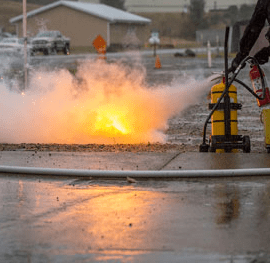
Why? Because a metal fire isn’t an ordinary fire. While a chunk of metal generally won’t burn, turning metals into powders, dust, or fine particulate makes them dangerously flammable. Then once the fire starts, putting it out isn’t easy.
First of all, metal fires often burn at more than 5000 degrees F. That’s hot enough to disassemble water into its component parts. One of those parts is hydrogen gas, which is not only flammable but explosive. In other words, putting water on these fires can be like literally feeding them more fuel.
Carbon dioxide won’t do the job either. While it will extinguish a regular fire by depriving it of oxygen, some burning metals can react with carbon dioxide to fuel the flames. A carbon dioxide fire extinguisher might make the fire worse. Plus, the blast of air can also send flaming metal dust flying in all directions. When the magazine “Popular Science” tried to demonstrate this, they set their cameraman’s gear on fire.
A Class D fire extinguisher is designed for metal fires. It contains dry materials that will not react with the metal and is at a lower pressure to avoid spreading the burning material.
So which metals are the top five most likely to result in an industrial accident?
Aluminum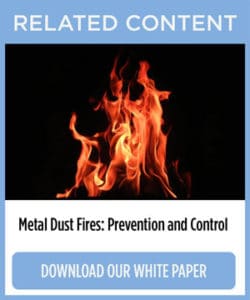
While aluminum isn’t the most reactive metal on this list, it’s probably the most commonly used. That means grinding it, forming it, cutting it, and otherwise turning it into flammable particulate.
Magnesium
The main factor that makes magnesium such a dangerous fire is that it burns at incredibly high heat. Further, when burning it will react explosively with just about anything you put on it.
Lithium
This alkali metal (and its friends on the periodic table like sodium and potassium) in pure form is usually stored in oil, because it will react with air just sitting around in a room. Throwing a chunk of one of these alkali metals in water will cause an explosion as the metal reacts violently with water. Spraying water on these metals is a really bad idea and unlike most metals, they don’t even have to be on fire.
Titanium
This metal is very reactive with oxygen even at ordinary temperatures, forming a layer of oxide on the surface. At high temperatures, though, its reaction with oxygen becomes extremely fast, meaning that it burns very hot and very quickly.
Zirconium
While zirconium might make a nice fake diamond, allowing shavings, dust, or particulate to come into contact with an ignition source will start a fire. If that dust or scrap happens to be damp, the reaction of the burning metal with water is explosive.
These five flammable offenders account for many of the worst industrial metal fires, which have occurred in dumpsters and other waste storage, in transport vehicles, and during processing. Be aware, though, that almost ALL metals are flammable in dust form, and you should not try to put ANY of them out with a regular fire extinguisher. A Class D fire extinguisher is the only safe way to deal with burning metal. Prevention is even better: if you don’t have accumulated metal dust anywhere in your facility, there’s no opportunity for a dangerous fire to start. A dust collection system is one of the NFPA recommendations for controlling metal dust, and safety features such as airlocks, spark arrestors, and explosion venting can decrease the possibility of a serious fire.
Read more about the dangers of metal dust here and download our metal dust fire safety white paper here.
